|
I think I’ve applied for at least 500 jobs (more than half of those via LinkedIn’s Easy Apply feature which makes it super quick and simple). Although I don’t keep a record of every single job application, I do have an extensive spreadsheet with data on all of my interviews, including the rejection letters. Since I’ve turned 50, I’ve had conversations with over 50 companies and the vast majority have sent me generic and impersonal rejection letters, often only after I followed-up asking for an update. The more templated form letters I receive after interviews, the more I find this to be completely unacceptable and unnecessarily demoralizing. I’m not a HR expert, but I’m a human being and I know that I share a lot about myself and my experiences in every interview. It would mean so much to me if I would receive a message referencing something positive and unique about our interaction rather than an impersonal template letter. I strongly believe that if you meet with someone for an hour, especially if it’s more than once, there’s absolutely no excuse for a generic rejection. I’ve actually received better rejection letters from companies that I never spoke with than I have from places I met on 2-3 separate occasions. In retrospect, I’m grateful that things didn’t work out with companies that aren’t kind in the interviewing process. It’s usually a sign of bigger human resources issues. I believe the best systems for responding to applicants is to have an automatic email reply to all submissions that explains that they’ll only be contacted again if they are selected for an interview. It never feels good to get a rejection letter weeks or months later from a position. you never interviewed for and you almost forgot you applied. For example: Dear [first name], Thank you for your interest in career opportunities with [company]. We are pleased that you have considered our organization as a potential for your future career endeavors. Our team is currently reviewing your credentials for the [job title] opportunity and will contact you should there be an interest in discussing your qualifications further. Otherwise, your information will be kept on file for future consideration. Again, we appreciate your interest in [company]. We wish you much success in your job search. Sincerely, After my most recent rejection, I searched for resources on rejection letters to find that there are plenty of professionals who agree with me on the importance of being personal in a letter to someone you’ve met for an interview. Here are some highlights:
Offer some positive aspects about their qualifications or interview To leave a good impression with the candidate, choose one or two qualities that you liked about them. Describing these positive aspects can also help them better understand the strengths that they can highlight more moving forward. Source: indeed.com Personalise the rejection letter Too often, generic templates are sent to unsuccessful candidates where they not only sound robotic, stiff and dishonest but display a negative and poor representation of the company and recruiter. When sending rejection letters, personalise it by mentioning something positive you noted during the interview, and make sure their name is spelled correctly; attention to detail shows you made an effort. Of course, it’s understandable that recruiters may be dealing with 50 job openings at any given time and managing hundreds of candidates waiting for a response. But try and see it like this: your candidate could one day be your client, consumer or employer. Source: Job Adder The Effect of Different Rejection Letters on Applicants’ Reactions Organisations appear to pay little attention to rejection letters, considered a special form of organisational communication, despite a growing body of literature that shows they play an important role in terms of employer branding. This study aims to empirically test how applicants’ perceptions are affected by differently manipulated rejection letters. In detail, a sample of 138 rejected candidates filled in an ad hoc questionnaire on perceived selection procedure fairness and satisfaction, after receiving a rejection letter where we had manipulated time latency, the politeness formula and customisation. Results suggest that providing a timely, customised and informal notification is something agreeable, which is able to affect, above all, fairness perceptions and intention to re-apply. In detail, the time latency in giving feedback appears to affect the relationship between fairness perception and organisational recommendation and acts more as a mediator rather than an antecedent variable. Considering that providing feedback is a relatively low-cost activity that at the same time has a big impact on job applicants, our results show that organisations should be sensitive to negative feedback communication, especially in relation to response time, in order to support their employer branding. Source: behavioral sciences The candidate took time out of her week to prepare for your interview process, so if you were impressed by her during the interview, it could make a huge difference to let her know. Simply include one strength of hers you remembered from the interview process, like "Our team was particularly impressed with your writing skills." To truly add value, however, you'll also want to include constructive feedback to help your candidate understand areas she can focus on improving. Take detailed notes during the interview, and when you reject your applicant, provide one or two areas of improvement. Your feedback could help her career success in the future. Source: HubSpot Personalize your rejection Templates make things much more manageable and assure that you address everything that you need to in each rejection. Leave sections in your templates for personalization. Mention the candidate’s name in the opening and sign the message with your own. Take ownership over the rejection, rather than just hiding behind your company’s name. If you’ve spoken with them or they’ve gone through the process, mention something from your conversation if you can. Providing personal details helps the candidate feel like they are more than just a number to you and can soften the rejection blow. Source: Nicereply. Give them feedback A lot of companies don’t give feedback as a policy to prevent themselves from possible lawsuits. However, a little goes a long way, and you don’t have to be incredibly specific to give the candidate something of value. However, if you want to go the extra mile, tell them why you chose someone else and why they were not a good fit for the role. Good candidates will appreciate the opportunity to better themselves professionally. Plus, reading an “it’s not you, it’s us” type rejection letter can help soothe the ego hit of getting rejection after rejection. You never know, it could be the very thing that pushes them in a totally new career direction! Source: toggl Be personal
Spending a little time reflecting on a candidate's experience can make the jobseeker feel your decision is considered and fair. A rejection with no explanation can lead to confusion, frustration, and upset. Source: Flowrite I’ve been thinking about my history with running and therapy a lot lately as I try to process the delay in a complaint I made against a therapist and formulate my goals for running in 2022 - ten years after my season of PRs (marathon 3:36:35, half marathon 1:40:05, ten miler 1:12:36). Reviewing the therapy notes I went back to see if there were any clues about how my self-esteem and mental health was affected by running. I remember never being satistied with my running accomplishments and feeling like a fraud even as I became more serious about training and identified as a runner and that was demonstrated in the records. The word “giddy” only showed up once in 1000+ sessions and it was in reference to the 2012 Cherry Blossom Ten Mile Run. It was April Fool’s Day. When I saw a finish time of 1:12:36 I almost thought it was a prank. How did I run 10 miles at a pace of 7:15/mile?!? I remember pushing myself during the race so that I could have a time comparable to a local competitor, but I don’t remember feeling like I was going to die from pushing myself. I don’t recall pain or anything bad, I just remember my perservance and pushing forward with determination in every step. I knew before I even started running the 2022 Cherry Blossom Ten Mile Run that I’d have my slowest time ever, but I was so grateful to be there with my twin sister. We volunteered the day before at the kids race and had so much fun meeting people and giving back to the sport. I don’t think i’ve laughed as much as I did when my twin and I started filming me dressed up in my Coney costume the day after the race. We saw a bunch of construction workers and cones near a crosswalk on the Mall and I wanted to get footage of me walking towards the Capitol. As I walked, one of the construction workers stopped me to ask, “Are you a candy corn or a traffic cone?” With pure glee and giddiness I answered, “I’m a traffic cone!” He and his buddies started to laugh and he said, “We’re going to need you to come over here. We’re short one cone.” I started to follow him and at that point the video ended because Malinda was laughing so hard. My sister and I brought smiles to many people on our trip and that’s the greatest gift. As we walked towards the Smithsonian museums, a woman on a bike turned around to catch up to us and thank us. She recognized the Twins Run bag and thanked us for cheering in the T-Rex costume on the course. She said it was just wanted she needed to push through to the end of the race.
You know who else is giddy? The dude in this photo :) |
@leahcville1/2 of @TwinsRun Categories
All
Archives
May 2024
|
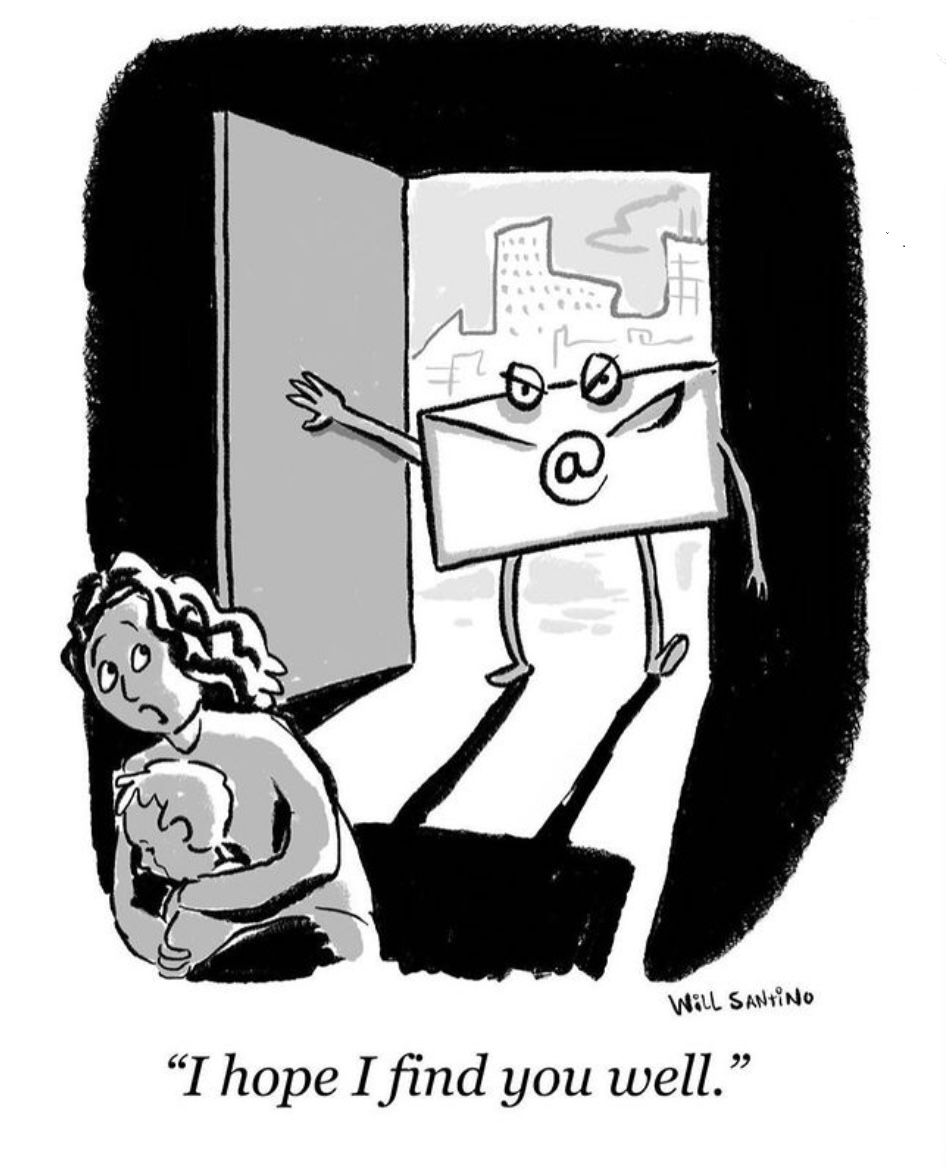
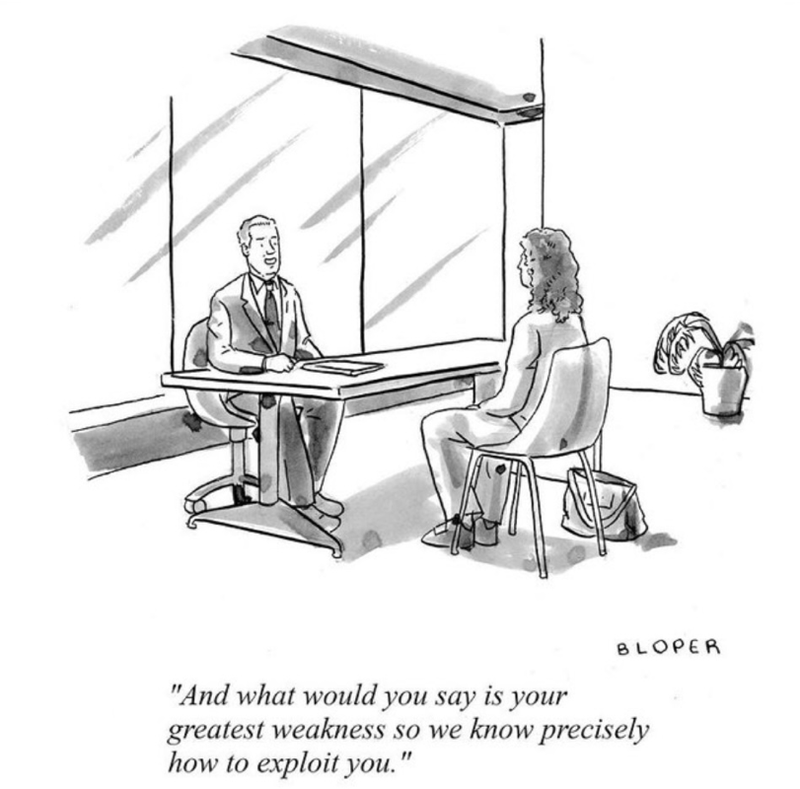
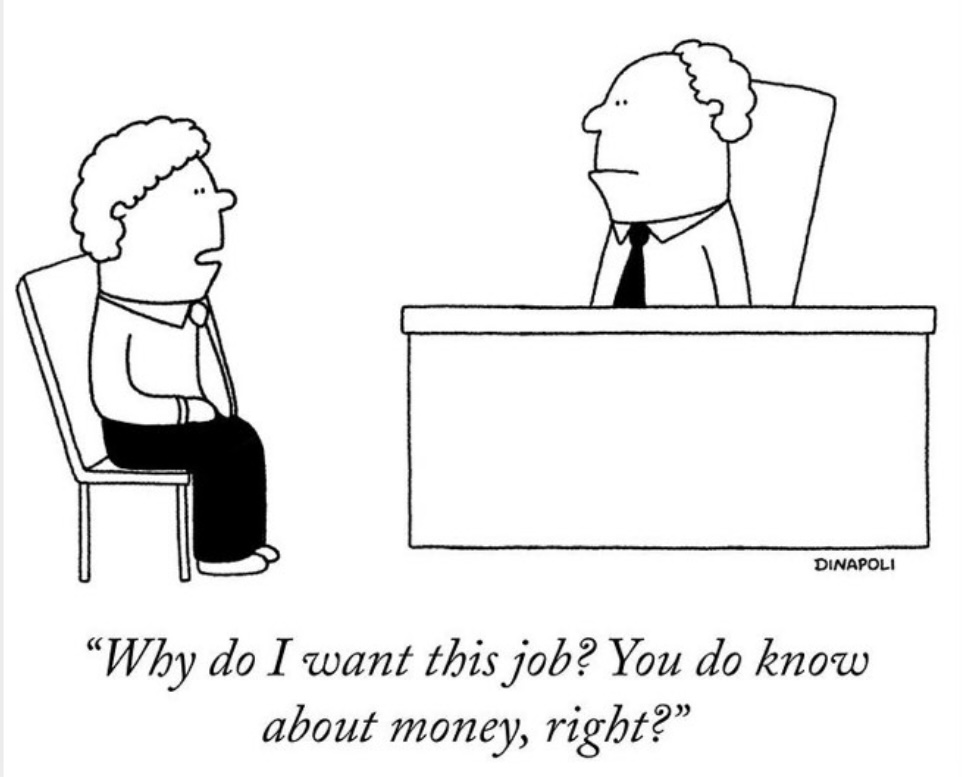
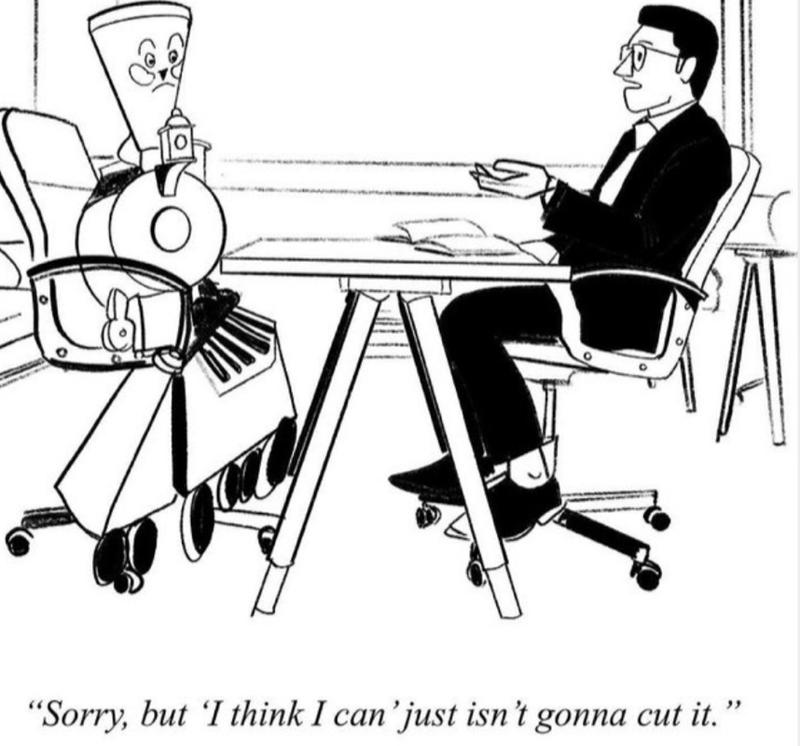
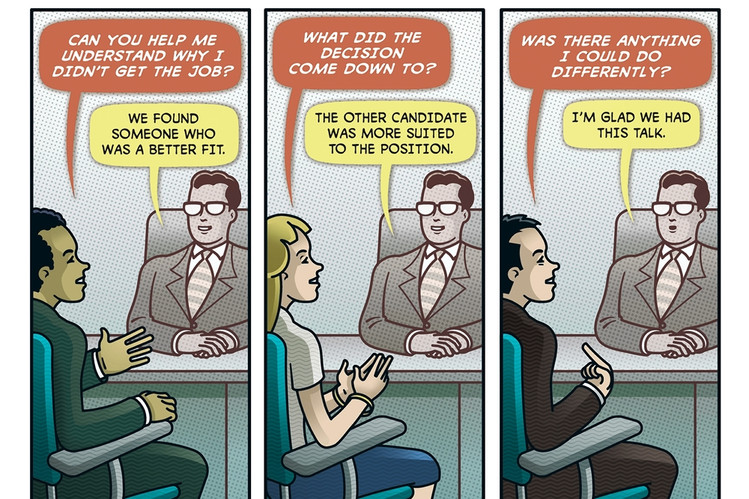
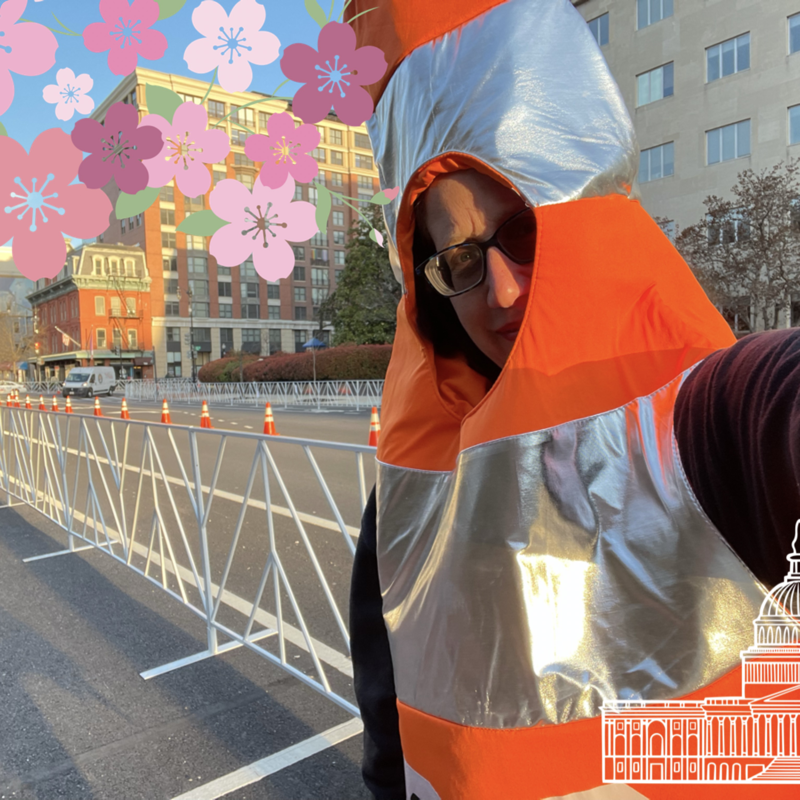

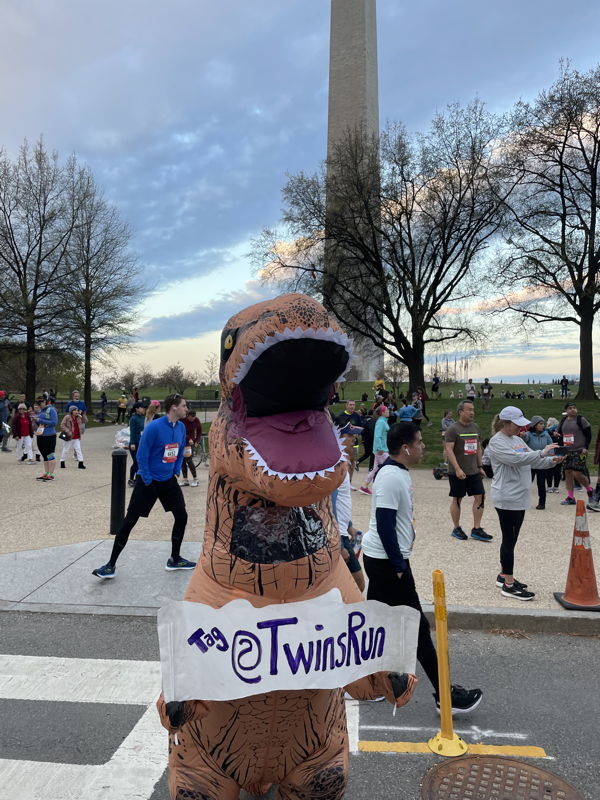
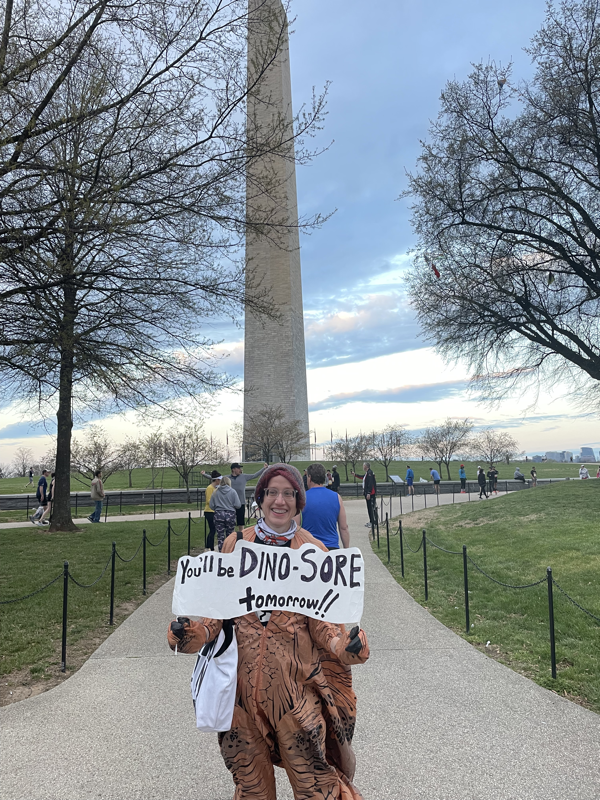
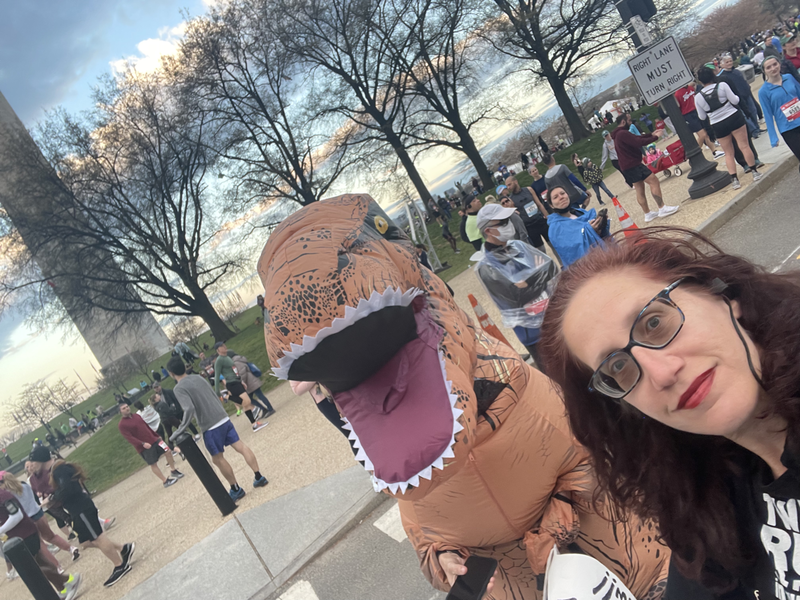
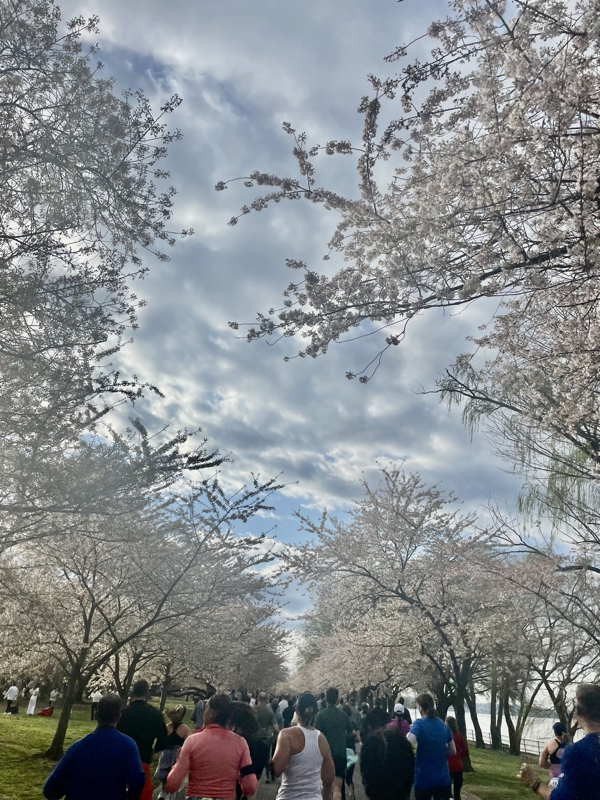

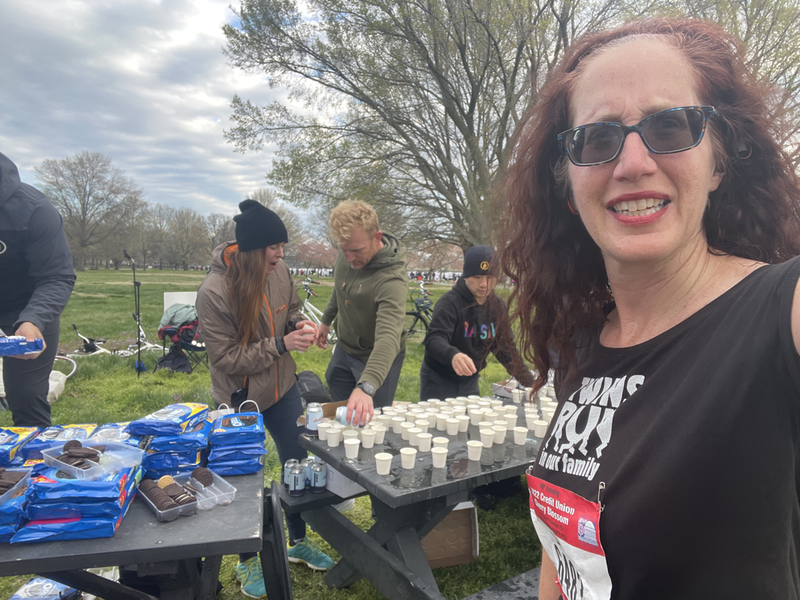
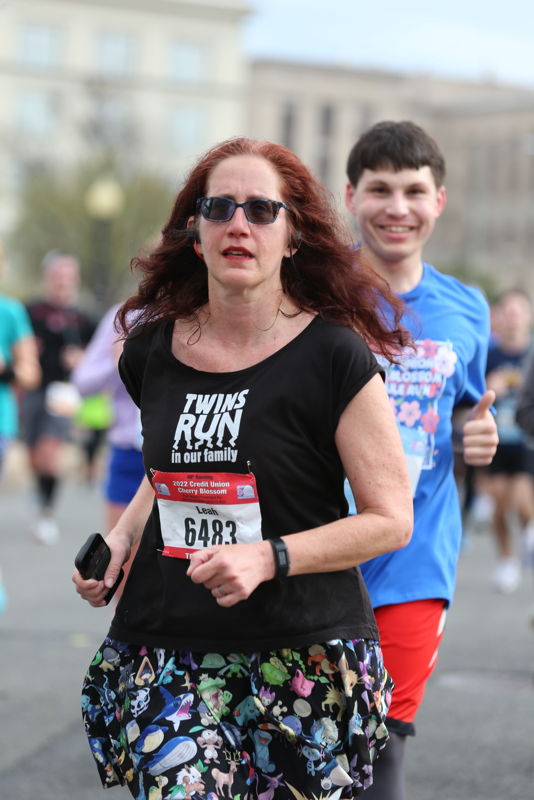
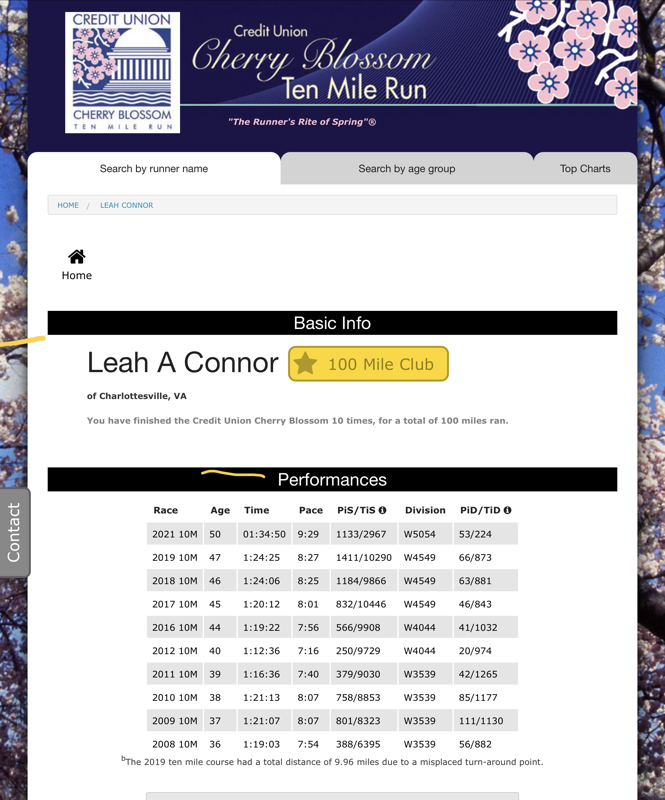
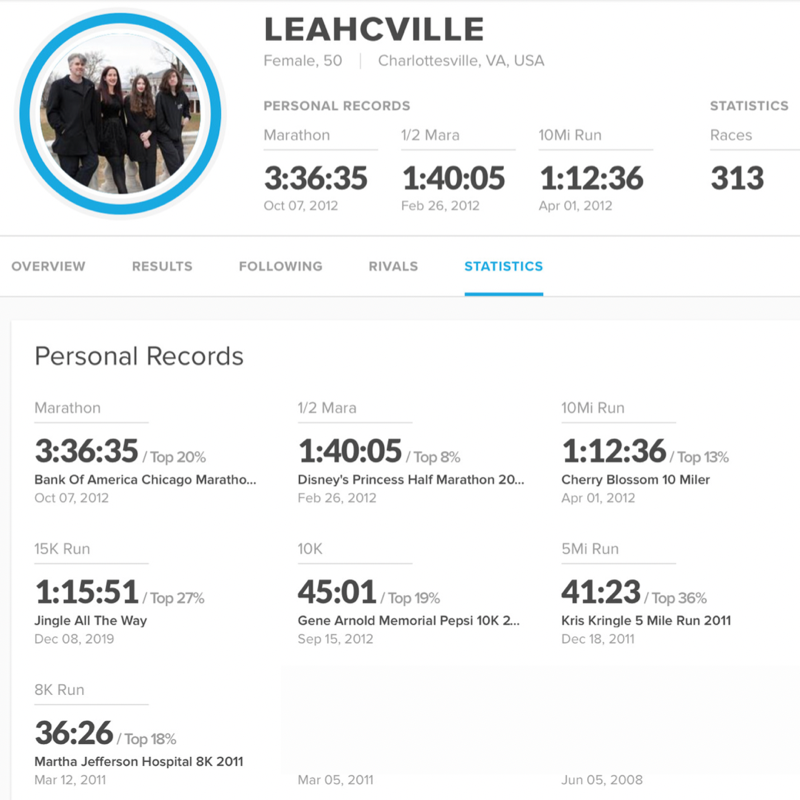

 RSS Feed
RSS Feed
